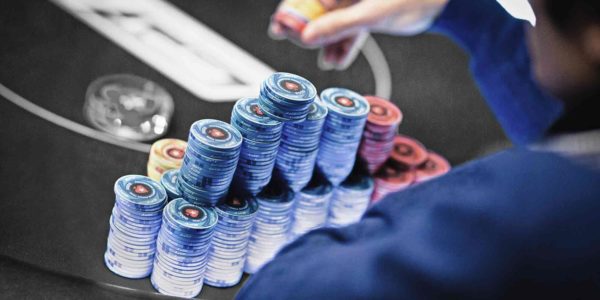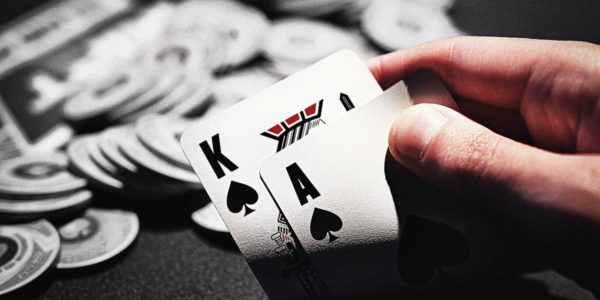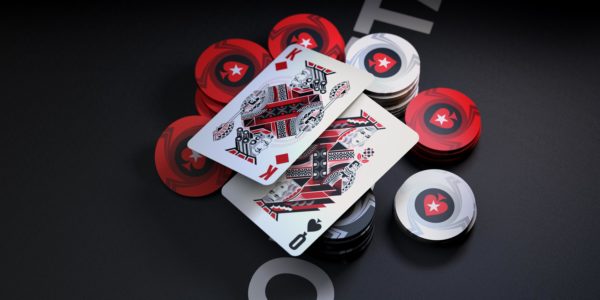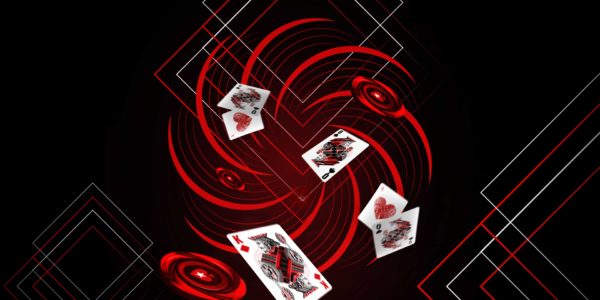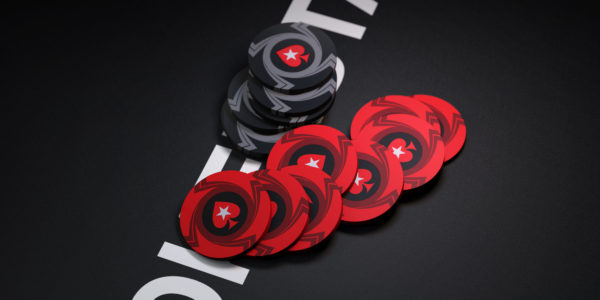Small Blind Limp or Jam Strategy
In Grand Tour, as the Small Blind (SB), I have only three plays in my locker: fold, limp, and jam. The reason for not bothering with a smaller raise is twofold:
- It simplifies matters to learn two ranges for entering the pot instead of three. Once we add a small raise to the mix, we are overcomplicating for no real gain in EV.
- When people are in position and have a shot at winning a bounty, they can call any two cards profitably vs. a 2.2bb raising range. I prefer to limp and play a pot with more money left behind. This gives us room to use our post-flop skills.
Before we take a look at our game plan in the SB at 20BB starting stacks, let’s run through some of the theory about SB vs BB confrontations in Grand Tour:
Why is Limping so Good
When you limp (otherwise known as complete) in the small blind, you risk half a unit to have a shot at a pot of two units. This means that you need to be entitled to 25% of the pot only to break even and reach the same expectation as folding. Since you are always heads-up in these situations and against a capped checking range, you normally have a lot more equity than you need to meet this goal.


Protecting your Limping Range
If the above paragraph all sounded too good to be true, that’s because it was!
Unfortunately, Villain is allowed to raise us, and, because he has position on us, quite aggressively too. If we only ever limp hands that are barely good enough to play and have to fold to a raise, we get devastated by aggressive players. Therefore, it is important to build a limp/calling range and a limp/raising range to protect those bad hands that are trying to scrape their way to seeing a flop. We shall be building a completely protected limping strategy today that allows us to continue often enough to a raise to stop our opponents from making any money by bluff raising.
Jam Unplayable Equity
When you have a big brutish ace like ATo or a little pair like 44, you have heaps of equity. The problem is that your hand fails to realise equity well. Ax gets most of its equity from simply winning unimproved, but it is very tough to get to showdown with a flimsy naked ace-high and no draws on all but the driest of boards. Similarly, the baby pair is an equity powerhouse in a heads-up situation. It is almost always a slight favourite for the simple reason that it is very tough to get dealt a pair – and easy to be dealt a random unsuited, unpaired hand. Like the big brutish ace; the baby pair is also bad at realising equity because it flops hands very similar in strength to ace-high but with less outs to catch up when behind.
For these reasons, we shall be jamming a lot of these two hand classes instead of limping. We don’t like playing flops; we like fold equity because we often cause people to fold 45% equity; and we can survive if we do get called.
Limp/Call with Playable Hands
Cute and versatile hands like JTs fit perfectly into a limp/calling range if Villain makes a 3.5x raise (a normal size in this spot.) These hands dominate the total trash that he will be checking and so they have good implied odds from the prospect of flopping a better pair than Villain. Moreover, they are very live against some of the hands our opponent might value raise and are crushing some of his bluffs. As we’ll see next time, BB should play a polarised strategy in response to our limp (meaning he’ll raise very good hands and bluffs but not medium hands that flop well.)
Limp the Absolute Nuts
Hands like AA and AKs do not crave the protection and fold equity that AJo or 55 does. We choose to play these hands as limps – the protectors of what is otherwise a pretty capped range. When we have a huge pair or massive suited hand, our equity is so high and our playability so pleasant that we can do very well both by limp/shoving and by just seeing a flop vs. a much weaker hand. We will invariably be limp/jamming these hands if we face a raise and limp/calling them to a jam from Villain.
Scrape into the Pot with Semi-Trash
Hands like J6o are far from the worst stuff on the menu, but certainly quite junky. When there is just one opponent left and the pot odds for completing in the small blind are so good, they are not foldable, but we would also prefer not to raise with them. This is another bonus to playing a limping strategy as opposed to a raising one.
By limping, you get to play more hands that would have to fold in a raise or fold strategy.
Let’s Meet the Strategy
Now that we understand the theory behind small blind play, let’s meet the range we’ll be using. As always, it is your job to adapt this as you see fit. For example, you will want to limp more of the folding hands against a very passive opponent and limp more of the shoving hands against overzealous raisers.
These ranges assume equal stacks. You have the chance to stack your opponent and earn his bounty. If this is not the case, you have to tighten up a bit. If you cover him and only his bounty is in play, you can loosen up more.
In the following range chart:
- Grey hands are folds
- Red hands are limp/folds
- Yellow hands are limp/calls
- Green hands are limp/jams
- Blue hands are straight up jams


That’s quite a lot to memorise, so we’ll leave it there for today.
Next time, the focus will be on how to react to small blind limps as the big blind.
Test your knowledge with our short quiz below



